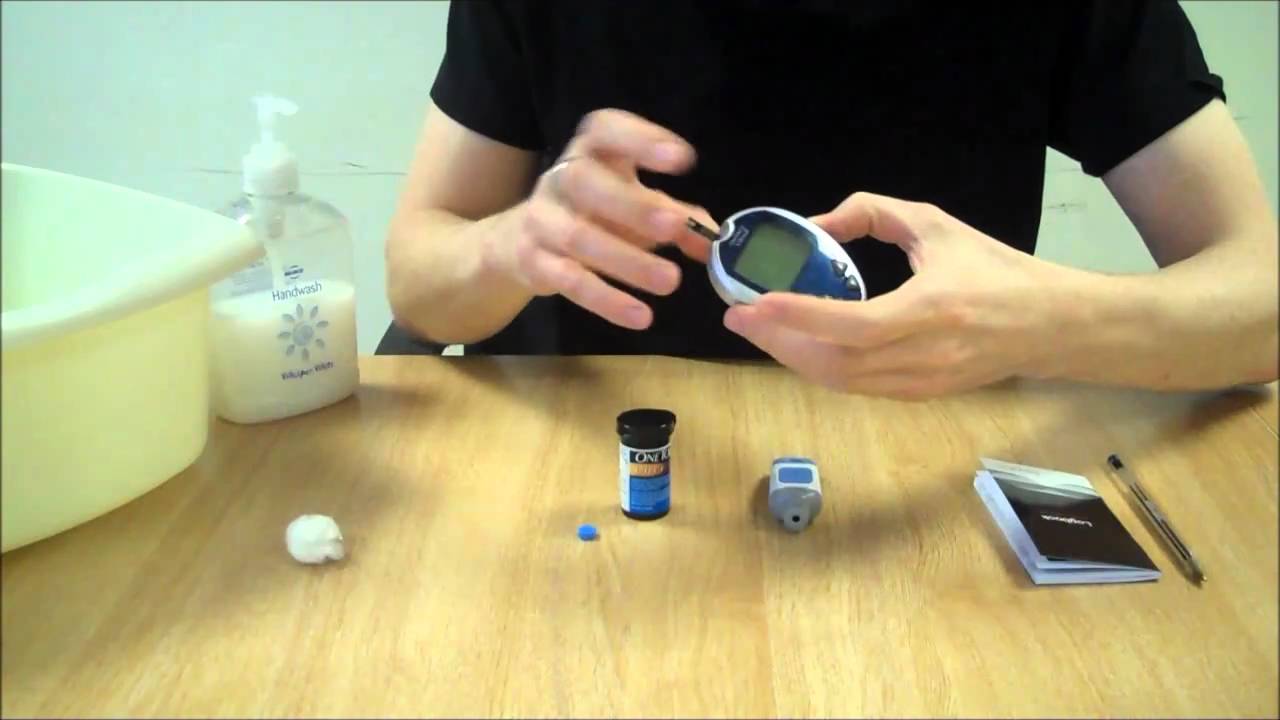Blood sugar levels: what’s normal, what’s not, and how to measure them; What blood glucose levels mean and what range is healthy. I hope I haven’t scared you away, but when it comes to our health it’s important to know exactly what’s going on inside of our bodies. Without further ado, let’s get into what blood sugar means, how to measure it, and everything else you need to know.
What is blood sugar?
Blood sugar, or glucose, is your body’s main energy source. We get glucose from the food we eat, and our blood carries it around to all the cells in the body to give them the energy to function. Glucose mainly comes from the carbohydrates we eat, though our bodies can convert protein and fat into sugar too if needed.
Glucose from protein is typically stored in the liver and doesn’t enter the bloodstream, so eating protein-rich foods won’t raise your blood sugar too much. Fats slow down the digestion of carbohydrates, which causes a delayed rise in blood sugar. High blood sugar can be an issue because it usually leads to sugar crashes, which are no fun — symptoms include fatigue, headaches, and the jitters. So, eat meals balanced with protein, fat, and carbs to avoid this.
Blood sugar is closely related to insulin, a hormone secreted by the pancreas that helps your body use glucose. Insulin keeps your blood sugar from getting too high or too low — if you eat more sugar than you need at the moment, the hormone helps store the glucose in your liver until it’s needed for energy.
You probably also know about blood sugar in the context of diabetes. Type 1 diabetes is a condition in which people are unable to make insulin, so they need to inject the hormone in order to keep their blood sugar levels stable. People with Type 2 diabetes, which usually occurs later in life, either don’t secrete insulin or are resistant to it.
How do I measure blood sugar?
If you have diabetes, you probably already keep a watchful eye on your blood sugar through the use of a continuous glucose monitor (a CGM) or a blood sugar meter (which involves pricking your fingertip). Blood sugar measurement is also typically included in routine lab work for people without diabetes — your physician will usually order a glycated hemoglobin (A1C) test, which measures your average blood sugar over the past two to three months.
Say your A1C test comes back with no sign of diabetes — constantly measuring your blood sugar can still be helpful. For instance, some people experiment with using a CGM to see how their body responds to different types of food. However, it’s good to note that this is a fairly cost-intensive way of figuring out your nutrition and writing down a food diary that includes how you felt after each meal will also help you figure out what to eat.
What should my blood sugar levels be?
Your blood sugar level changes depending on what you’ve eaten, whether you’ve exercised and other factors (more on that later) but we have some general guidelines to determine what levels are healthy.
For generally healthy individuals (without diabetes) who haven’t eaten for eight hours or more, a normal blood sugar level is between 3.885-5.495mmol/L. When you’ve eaten in the past two hours, it should be no higher than 7.8mmol/L.
Only a medical professional can diagnose diabetes or another issue with your blood sugar, so if you’re concerned about your blood sugar levels, check with a doctor.
How can I tell if my blood sugar is irregular?
Again, only a doctor can diagnose a problem with your blood sugar. But you may be wondering how to know if it’s something you should get checked out. There can be two main issues with your blood sugar — either it’s consistently too high or too low. Even if you don’t have diabetes, there are some signs that your blood sugar levels are not functioning normally.
Hypoglycemia is a condition in which your blood sugar is too low. Signs include an irregular heartbeat, fatigue, shakiness, and tingling or numbness in your face. If you consistently feel this way when you get hungry or between meals, talk to your healthcare provider.
On the flipside, hyperglycemia happens when your blood sugar is too high and this can happen to nondiabetics. Symptoms include frequent urination, increased thirst, and headache. If you think you’re hyperglycemic and can’t keep fluids or food down, call for emergency medical assistance.
What factors affect blood sugar?
You can guess that carbohydrate intake and insulin production are at least partly responsible for your blood sugar levels. But the list is much longer — almost every lifestyle choice you make can affect your blood sugar.
Here’s just a partial list.
- Exercise can affect insulin sensitivity, leading to lower blood sugar for up to 48 hours.
- Alcohol intake increases insulin production, causing low blood sugar.
- Stress hormones like cortisol can raise blood sugar because your body wants access to energy in order to escape what it perceives as a dangerous situation.
- Medications, especially statins and diuretics, can raise blood sugar. Statins are used to treat cholesterol, and diuretics for high blood pressure.
- Diet is a major player in blood sugar. Eating too many simple carbs at once can cause levels to skyrocket, while protein intake leads to a slower increase in blood sugar.
- Dehydration raises blood sugar because with less water in your body the glucose concentration will be higher.
- Other surprising factors can affect your blood sugar, like a sunburn or gum disease, so if you’re dealing with a blood sugar issue and can’t figure out what’s causing your spikes and dips, talk to a health care professional.

 World News2 months ago
World News2 months ago
 News3 months ago
News3 months ago
 News2 months ago
News2 months ago
 Health2 months ago
Health2 months ago
 News2 months ago
News2 months ago
 News2 months ago
News2 months ago
 News2 months ago
News2 months ago
 News1 month ago
News1 month ago

